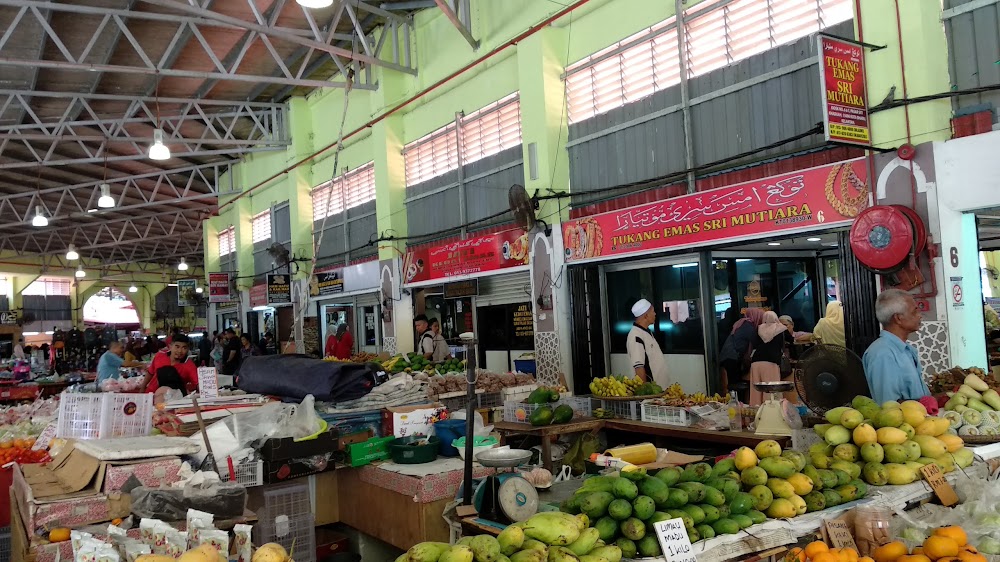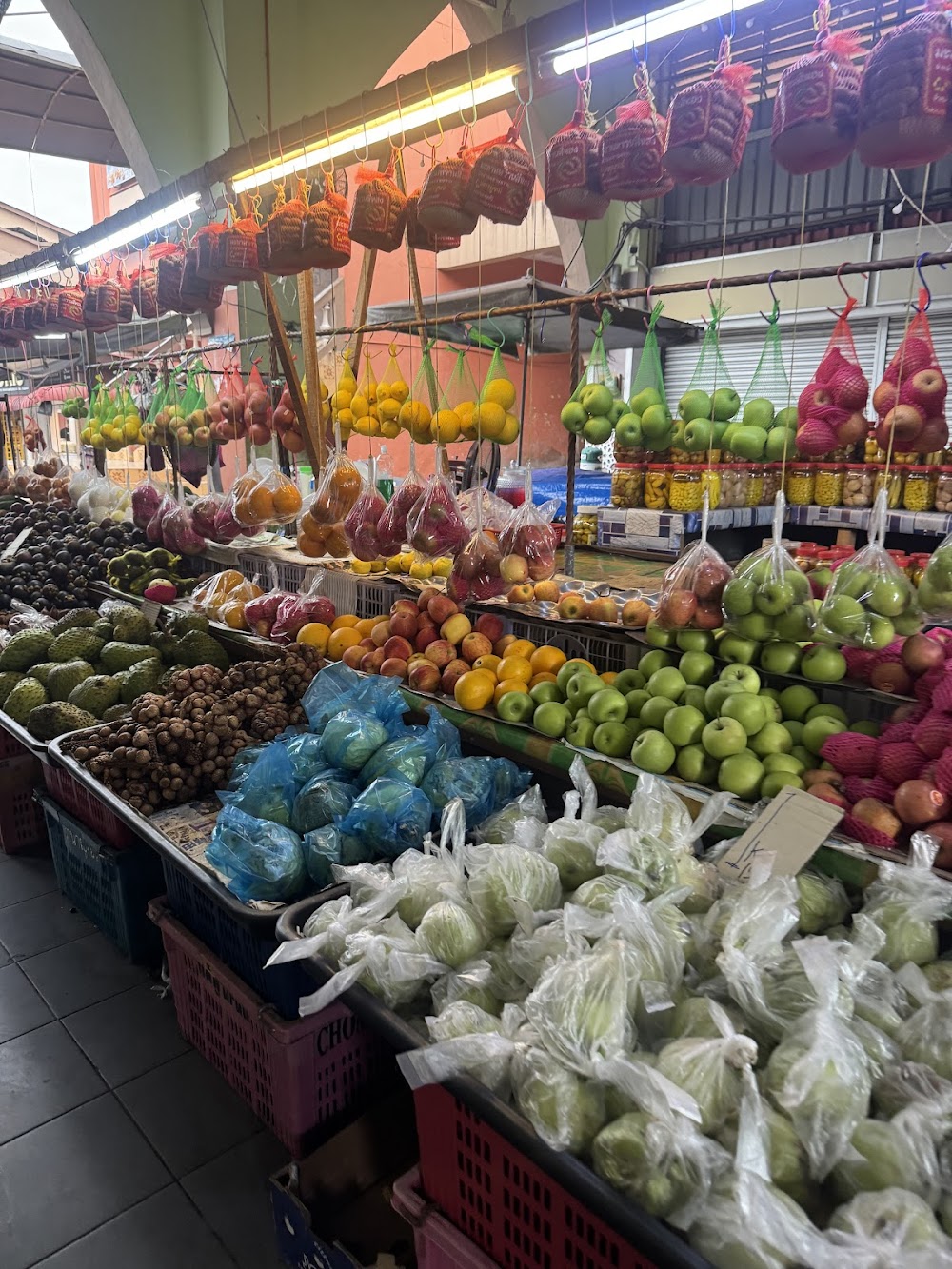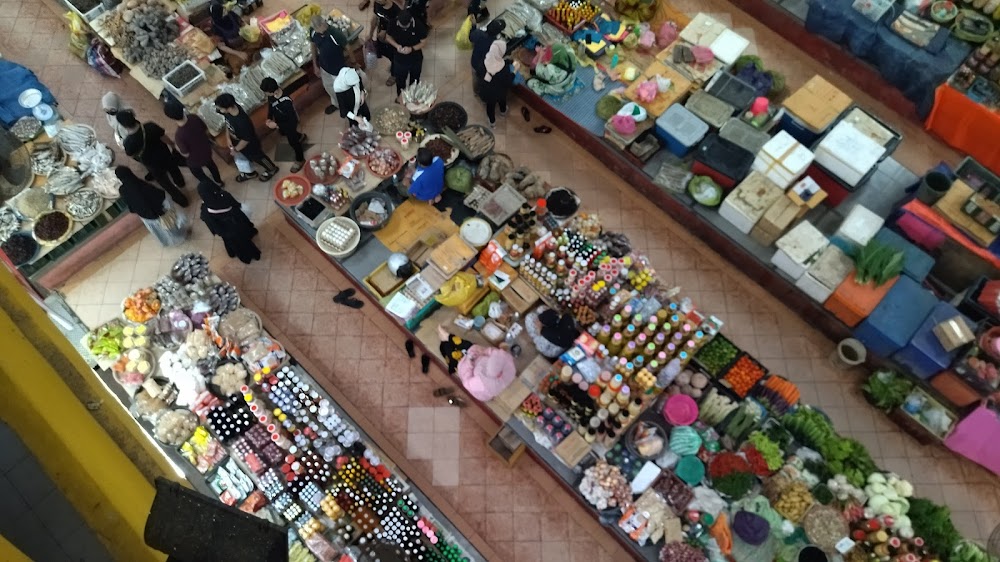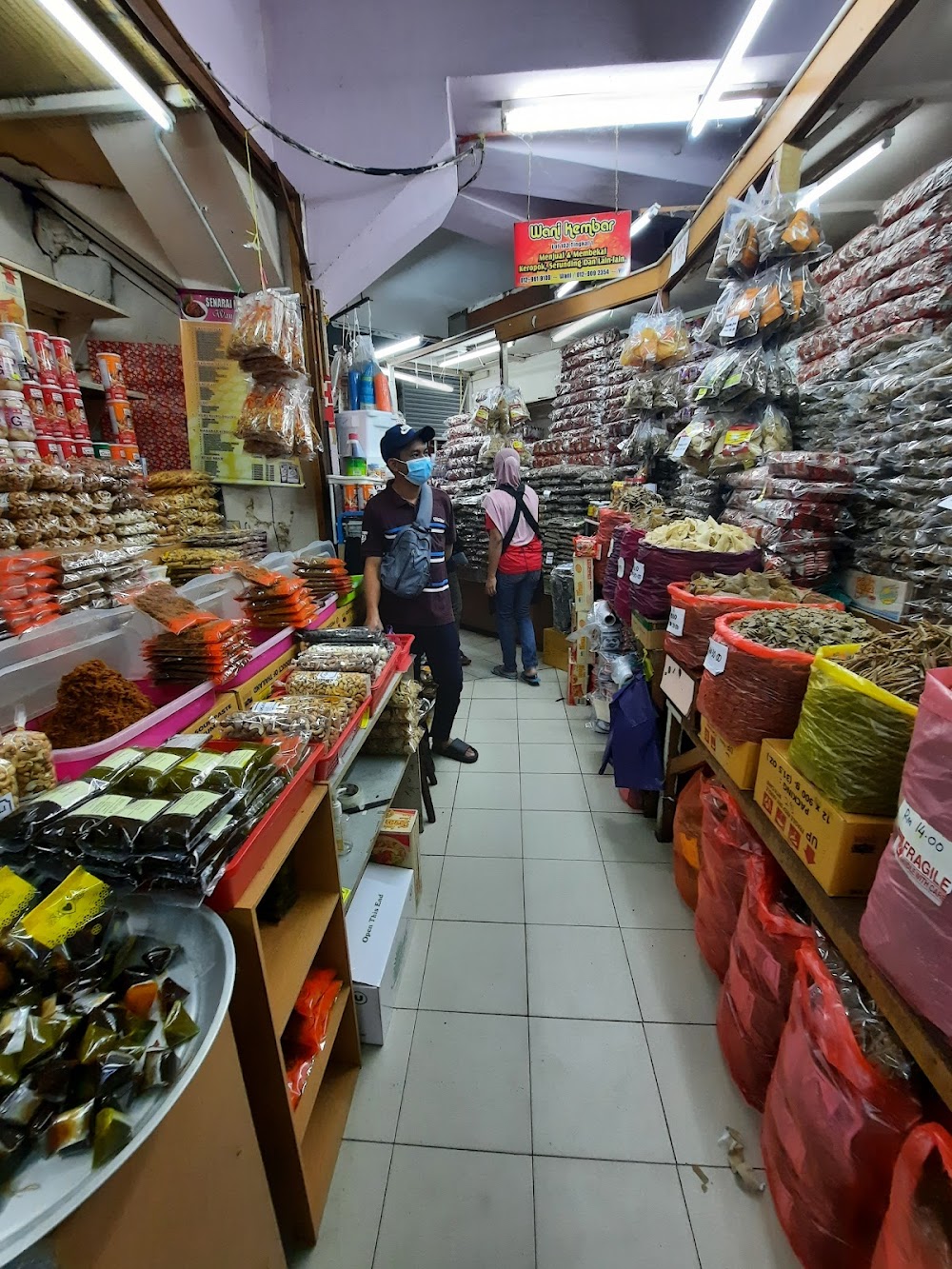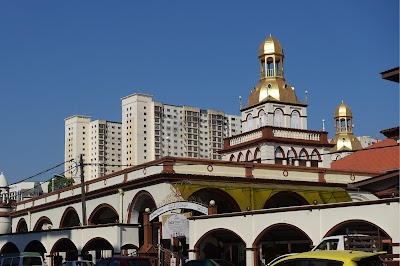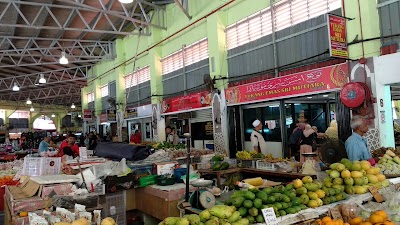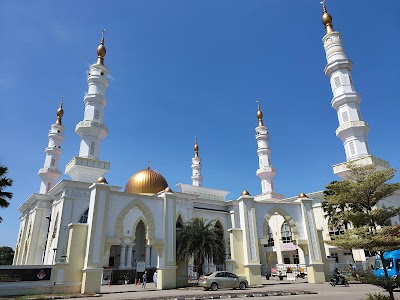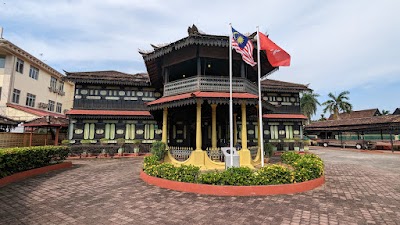Siti Khadijah Market (Pasar Siti Khadijah)
Overview
Siti Khadijah Market: A Cultural Gem in Kota Bharu
Nestled in the heart of Kota Bharu, the capital of Kelantan, Malaysia, Siti Khadijah Market is a vibrant and bustling hub named after Prophet Muhammad's first wife, celebrated in Islam for her integrity and business acumen. This market serves as a focal point for the local culture and commerce, offering visitors an authentic glimpse into the daily lives of the Kelantanese people.
A Historical Overview
Construction of Siti Khadijah Market began in the late 1980s as part of a broader initiative to enhance the city's economic infrastructure and provide a centralized location for traders and customers. Supported by the state government and local communities, the market officially opened its doors in 1985, marking a significant milestone in the region's commercial evolution.
Architectural Marvel
The market's distinctive Islamic architecture is hard to miss, characterized by an octagonal design that maximizes space for vendor stalls while ensuring excellent airflow and circulation. The multi-leveled structure features a ground floor dedicated to fresh produce, meats, and seafood, while the upper levels showcase dry goods, clothing, kitchenware, and various household items.
Empowering Women in Trade
One of the most remarkable aspects of Siti Khadijah Market is that it is predominantly run by women, reflecting Kelantan's unique social fabric where females play a vital role in trade and commerce. This focus on female empowerment was carefully considered during the market’s design and planning phases, ensuring that facilities cater to the needs of both female traders and customers.
A Culinary Delight
At the heart of Siti Khadijah Market lies its bustling central hall, where visitors can immerse themselves in a dazzling array of fresh vegetables, fruits, and spices. Vendors, often clad in traditional attire, are known for their welcoming nature and are always eager to share culinary tips or stories about their products. The market embodies a spirit of community, making it a cherished institution for both locals and tourists.
Traditional Kelantanese Cuisine
Food lovers will delight in the traditional Kelantanese delicacies available throughout the market, including nasi kerabu, ayam percik, kuih muih, and keropok lekor. Many of these dishes are prepared on-site or delivered fresh each morning from nearby villages, creating a culinary journey that is often cited as a highlight of any visit.
Craftsmanship and Design
The market's construction was a collaborative effort involving local architects, engineers, and builders who drew inspiration from traditional Malay and Islamic designs. The intricate tile patterns, wooden carvings, and decorative elements are reflective of Kelantanese craftsmanship. Its spacious layout promotes easy navigation, accommodating large crowds, especially during festive seasons like Ramadan and Hari Raya.
Modern Enhancements
Over the years, renovations and upgrades have transformed Siti Khadijah Market into a modern shopping destination while preserving its traditional charm. Enhancements include improved sanitation facilities, better lighting, and a more organized stall allocation system, all aimed at elevating the shopping experience without compromising the market’s cultural essence.
Economic Impact
Siti Khadijah Market plays a crucial role in the local economy by providing small-scale vendors and farmers with opportunities to sell their goods directly to consumers. This direct trade model ensures that a significant portion of the revenue remains within the community, fostering local economic growth. It also allows consumers to purchase fresh products at reasonable prices, promoting food security and supporting regional agriculture.
A Cultural Landmark
More than just a shopping destination, Siti Khadijah Market is a cultural landmark that embodies the spirit and resilience of the Kelantanese people. Whether it's the bustling scenes of daily trade, the aromatic scents of local cuisine, or the warm interactions between vendors and customers, the market stands as a living testament to the rich heritage and vibrant community of Kota Bharu.


